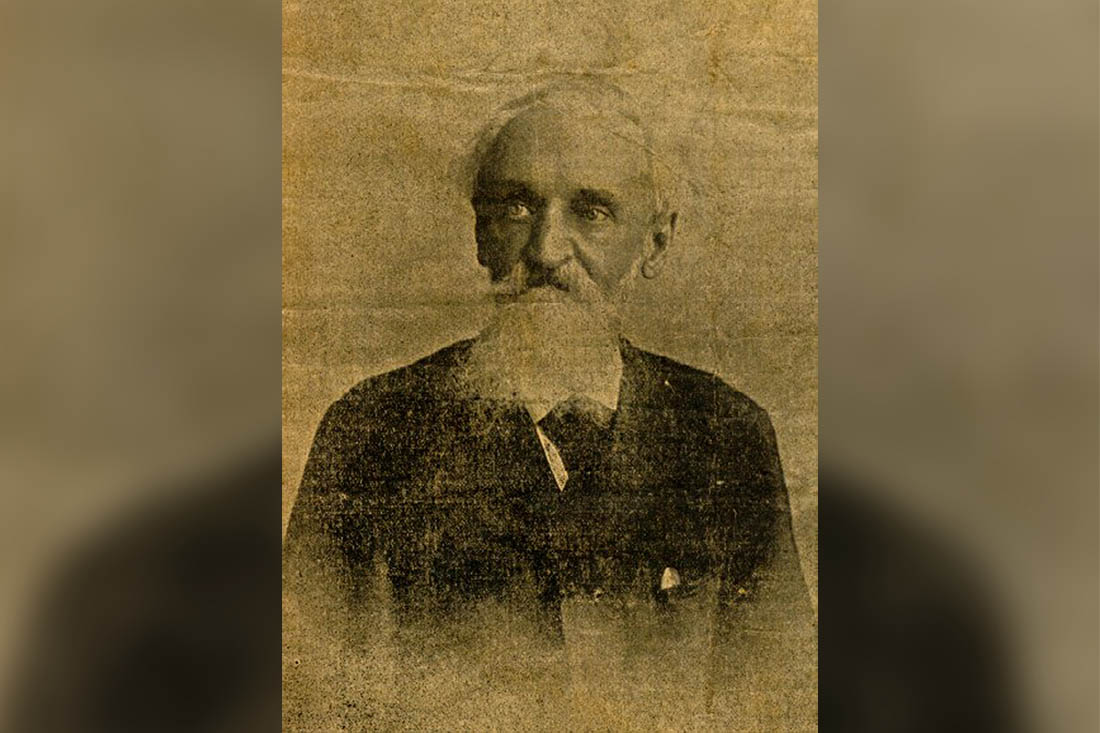Rather, there was an official rapprochement between Martí and Cisneros, not at all cordially affectionate, however this did not prevent the Master from having in his project of restarting the struggle on the Island to include the Marquis in his insurrectionary plans.
There was a lot of respect that Martí felt for that radical liberal, —in continuous change towards the national being—, for his patriotic career alongside the young people of the Philharmonic; going through the uprising of Joaquín de Agüero; integrating the triumvirate of the Revolutionary Board of Camagüey and the Tínima masonic lodge to carry out the uprising of Las Clavellinas, in 1868; for integrating the Revolutionary Committee of Camagüey, and going to the front of the House of Representatives and of the Republic of Cuba in Arms. Cisneros was one of the personalities “who occupies a deserved place of outstanding relevance.”
The Marquis in the “Tregua Fecunda”
 In New York, Philadelphia and Key West, no time was wasted in forging the new stage for the achievement of independence for the Greater Antilles. For this purpose, on November 12th, 1882, Martí summoned several emigrants to hold a meeting in New York, an opportunity in which Cirilo Pouble, Enrique Trujillo, Cirilo Villaverde and Salvador Cisneros met. One of the objectives of the meeting was to create a body that would unite the other organizations and clubs. Finally, the Patriotic Organizing Committee of Cuban Emigrants was constituted, in which Salvador Cisneros was elected to preside over it. To tell the truth, the Committee’s work was short-lived, as it seems that Cisneros traveled to Cuba with other secret commissions from Martí.
In New York, Philadelphia and Key West, no time was wasted in forging the new stage for the achievement of independence for the Greater Antilles. For this purpose, on November 12th, 1882, Martí summoned several emigrants to hold a meeting in New York, an opportunity in which Cirilo Pouble, Enrique Trujillo, Cirilo Villaverde and Salvador Cisneros met. One of the objectives of the meeting was to create a body that would unite the other organizations and clubs. Finally, the Patriotic Organizing Committee of Cuban Emigrants was constituted, in which Salvador Cisneros was elected to preside over it. To tell the truth, the Committee’s work was short-lived, as it seems that Cisneros traveled to Cuba with other secret commissions from Martí.
Later, Martí, the main inspirer of intelligence and counterintelligence work on and off the island, wrote to Fernando Figueredo: “[…] I already have a commissioner for the East, and in Havana the one for Camagüey is currently being assigned to me.” The agent for our region was Gerardo Castellanos Lleonart, who would establish contact with Cisneros, Francisco Sánchez and Alejandro Rodríguez. Another man from Camagüey who supported the Cuban Revolutionary Party (PRC) and intelligence work was Manuel Barranco y Miranda, who would bring correspondence from Martí to the Marquis and from him would take messages to the Delegate. José María Treviño did the same.
To organize the conspiratorial network in Camagüey, Martí devised special codes. From the letter from the Delegate to General Gómez, dated New York, on October 20th, 1894, it is easy to see that the Apostle corresponded directly with Cisneros: «[…] the content of the letters between the Marquis and myself, and the events related to it (Camagüey) […]» .
Martí did not want to risk anything essential by bringing his plans to the knowledge of vacillating old fighters. Cisneros (Melitón, Zenón, Santos, Sabino or Juan Sagol) was “a very trustworthy man.” Only to him did he address correspondence in double envelopes with the pseudonym A Santiago Correoso which he sent to the house marked with the no. 97 on San Fernando Street, owned by the Pichardo-Ramírez family.
And it is almost certain that a copy of the new order of the Rising Plan was sent to him that way on January 29th, 1895. The Marquis gave Gómez notice that he should disembark through Santa Cruz del Sur on February 24th, however, Martí would refrain from coming. Could that suggestion have been due to the presence of his wife, Carmen, or rather to warning him from his brother-in-law, Commander of the Spanish General Staff Leopoldo Barrios y Carrión? Maybe both.
Translated by: Aileen Álvarez García






